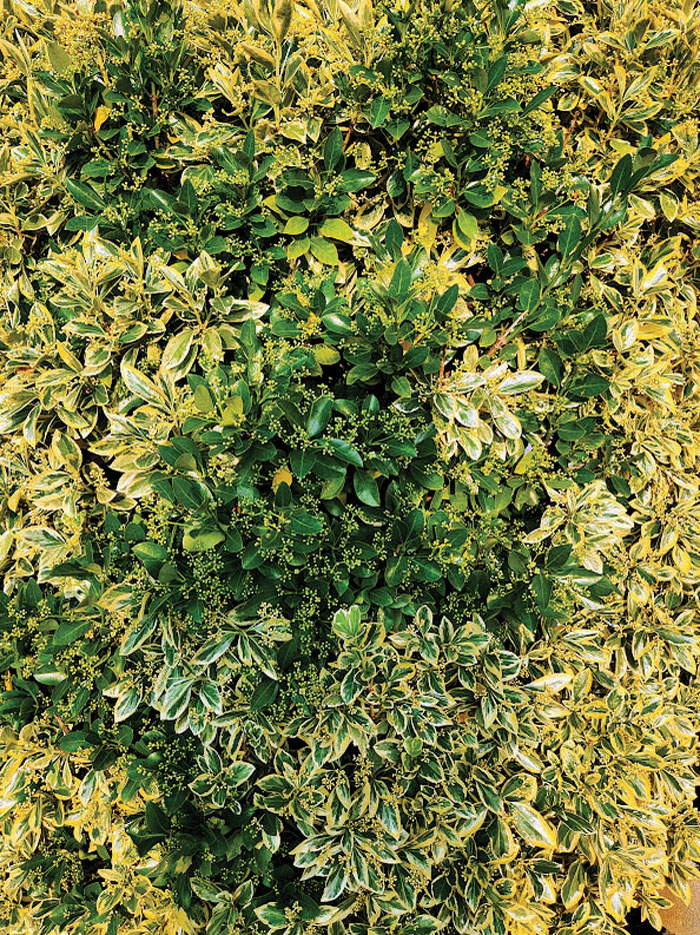Darrell Blackwelder: Sometimes variegated plants revert to solid colors
Published 12:00 am Saturday, June 10, 2023

- Euonymous reverting back to original form.
Many people choose variegated plant materials in an effort to provide an accent or a bit of color in their landscape. What can be very frustrating is a few years after planting and establishment the leaf color of some plant materials (shrubs) reverts back to a solid green or what would seem a normal color for the plant. This happens quite frequently to variegated euonymus, hydrangeas and other trees and shrubs. There are a number of reasons this may occur.
Mutation is often a major reason why plant leaf color will revert. Leaf color may genetically turn to its original green color. Most likely, trees and shrubs under stress revert back to the plant’s original genetic leaf color as the plant’s method of survival. Plants also located in poorly drained areas have growth problems which can trigger leave reversion.
Deep shade or partially shady plant locations is a disadvantage for many variegated plants. Plants placed in deep shade have lower levels of chlorophyll production. Chlorophyll produces needed food supply for plant growth and development. Plants with limited amounts of chlorophyl (green leaves) produce less food which can weaken plant growth and development.
Leaf color variation disappearance is also triggered by excessive heat or cold weather. When these leave change to green, the plant grows better by producing more chlorophyll. When leaves of trees or shrubs revert back to solid green, the plant grows much better and under most situations will stay green and not return to its original variation. So be aware that when you purchase an unusual plant, it may or may not retain the unusual variegated leaf color.
Darrell Blackwelder is the retired horticulture agent and director with the North Carolina Cooperative Extension Service in Rowan County. Contact him at deblackw@ncsu.edu.




